Apple debuted its next set of operating systems — iOS 26, iPadOS 26, watchOS 26, macOS 26 Tahoe, tvOS 26, and visionOS 26 — at WWDC 2025 today, and they’re available for developer beta testing now. Among the improvements and upgrades are a few features that seem, well, inspired by Android and Wear OS. In some cases, Apple didn’t even bother to change the name of the feature they copied from Google and Samsung.
It’s always satisfying to watch Apple give iPhone users features that people who daily drive the best Android phones have been using for years. If that’s right up your alley, the WWDC 2025 keynote didn’t disappoint. Apple “borrowed” a few ideas from fan-favorite Android tools like Gemini Live, Circle to Search, and many more. Let’s recap all the ways iOS 26 and watchOS 26 copied Android 16 and Wear OS 6 at WWDC this year.
Visual Intelligence looks a lot like Gemini Live and Circle to Search
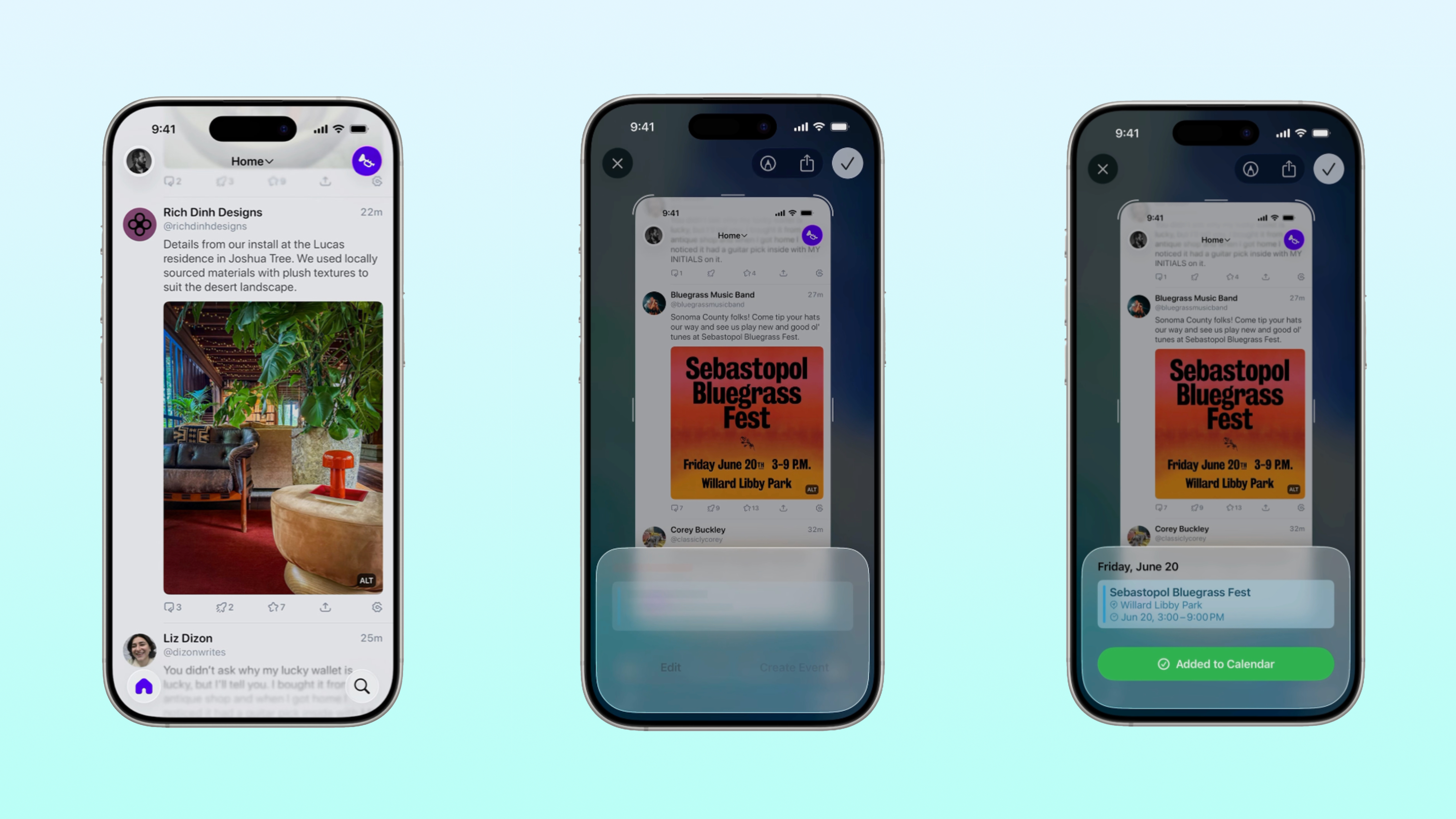
Visual Intelligence is Apple’s version of Gemini Live with live video streaming, and it’s actually available now with iOS 18. However, the feature is limited to camera usage and can’t access a user’s iPhone screen. That’s changing with iOS 26. Visual Intelligence will be able to view what’s on a user’s iPhone screen and take actions on their behalf. It can find items online or add an event to their calendar based the contents of their screen.
Sound familiar? It should, because it’s exactly what Android already offers with Gemini Live’s screen sharing feature and Circle to Search. For well over a year, Android users have been able to circle a portion of their screen and learn more about it. For months, they’ve been able to share their entire screen with Gemini Live and have a natural-language conversation about it.
The real kicker is that iPhone users have been able to access these same features via the Google Chrome and Gemini apps on iOS. No matter which way you look at it, Google was first, and Apple is only now planning to add these capabilities to iPhone with iOS 26.
iMessage backgrounds are clearly WhatsApp-inspired
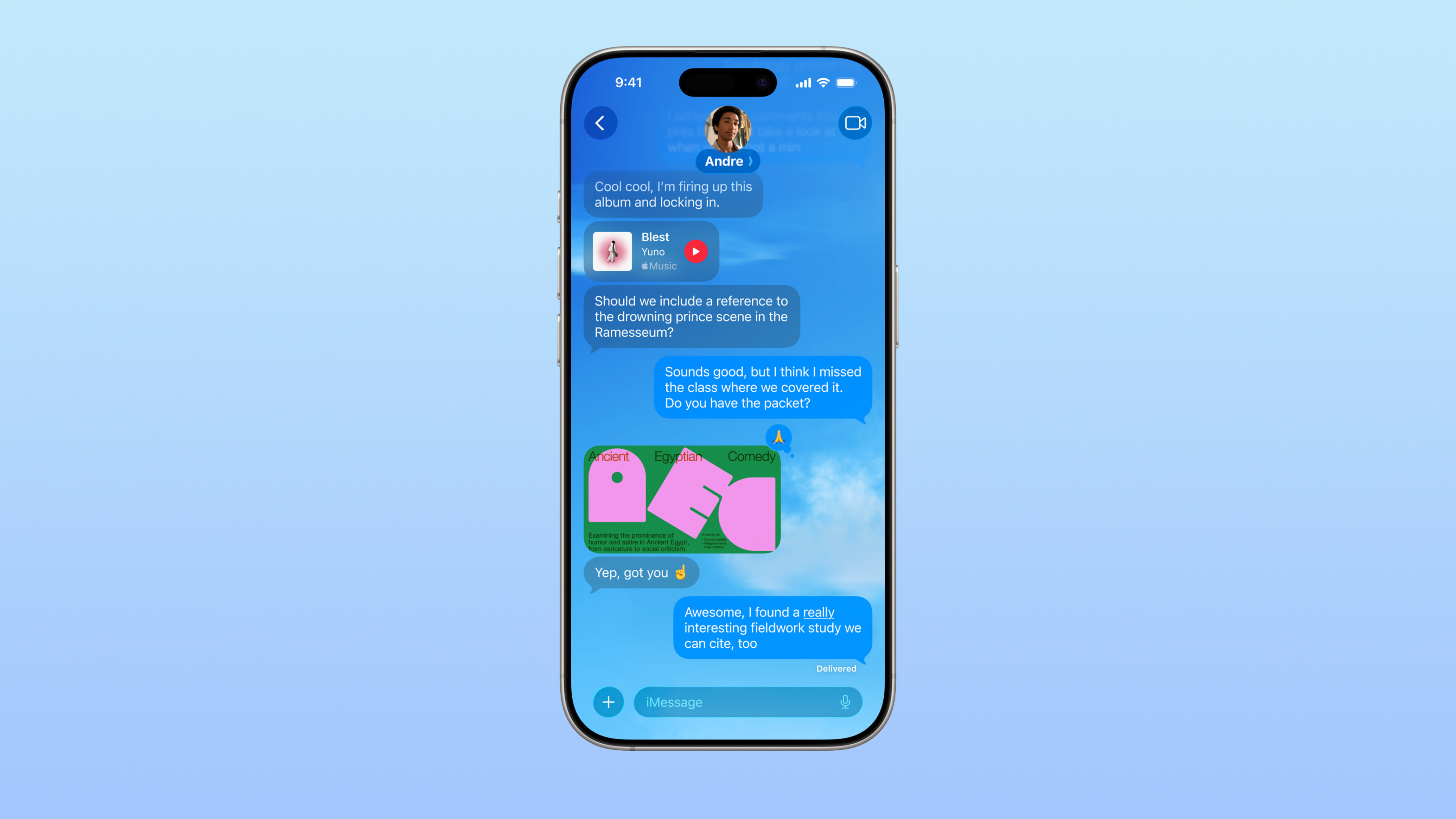
Tell an iPhone user to download WhatsApp, and you might get some pushback. Well, that’s going to get harder for iOS fans to justify, because iMessage just stole a popular WhatsApp feature. With iOS 26, users can set custom backgrounds for their iMessage conversations. The app will also let users generate custom backgrounds with AI using Image Playground. To note, 73% of WhatsApp users are on Android phones.
Meanwhile, WhatsApp has offered chat themes and wallpapers for chats on iOS and Android for years. It’s still better than what’s offered on iOS 26, because WhatsApp users can adjust the color of their conversation bubbles in tandem with their backgrounds. iMessage users still have to deal with those pesky blue and green bubbles, regardless of which colorful background they choose as part of iOS 26.
So, maybe WhatsApp wasn’t such a bad messaging app after all?
Call Screening is a blatant Pixel Call Screen ripoff
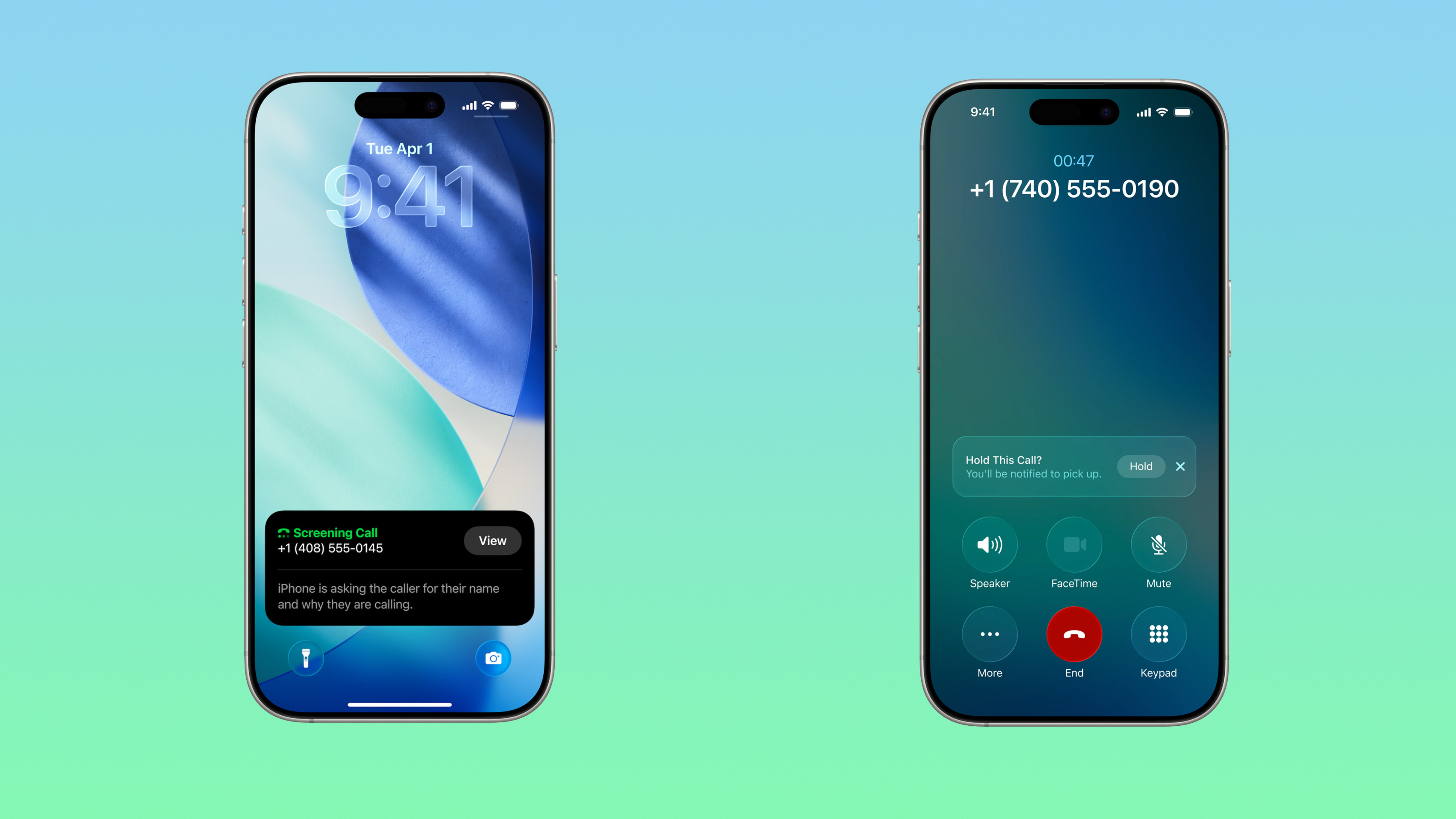
Sometimes, Apple doesn’t even try to hide the fact that it’s copying a handy Android feature. With iOS 26, the company is adding two “new” tools for phone calls: Call Screening and Hold Assist. They’ll screen unknown calls for you, ensuring you don’t waste your time with spam calls or scammers. iOS 26 will also hold calls for you and notify you when it’s time for you to take over again.
Call Screening is just Apple’s version of Call Screen on Google Pixel phones, down to the near-identical names. For those keeping track at home, Pixels have had this feature dating back to the Pixel 4 in 2019. Hold for Me, a feature that does exactly what Hold Assist will do in iOS 26, has been available on Pixels for nearly as long. Apple is quite literally adding features to iOS 26 that Google Pixel users have had for half a decade.
Liquid Glass is the antithesis of Material 3 Expressive

Liquid Glass is the new design language for Apple’s software products heading into 2026, including iOS 26. However, Apple wasn’t the first to introduce a radical new user interface for mobile operating systems this year. Google did it earlier with Material 3 Expressive, a bright, bold, and colorful UI for Android 16 designed to meet users where they are. The company’s studies showed that Material 3 Expressive isn’t just good-looking, it’s also easier to use.
While no one would mistake iOS 26’s Liquid Glass aesthetic for Android 16’s Material 3 Expressive look, the timing is interesting. Apple is trying to achieve the same thing as Google with its new UI, but the two companies are just going about it in completely different ways. Still, Google gets a bit of credit for unveiling its vision for the future of mobile user-interface design before Apple.
Wrist flick is just the Samsung Galaxy Watch 7’s Shake to Dismiss
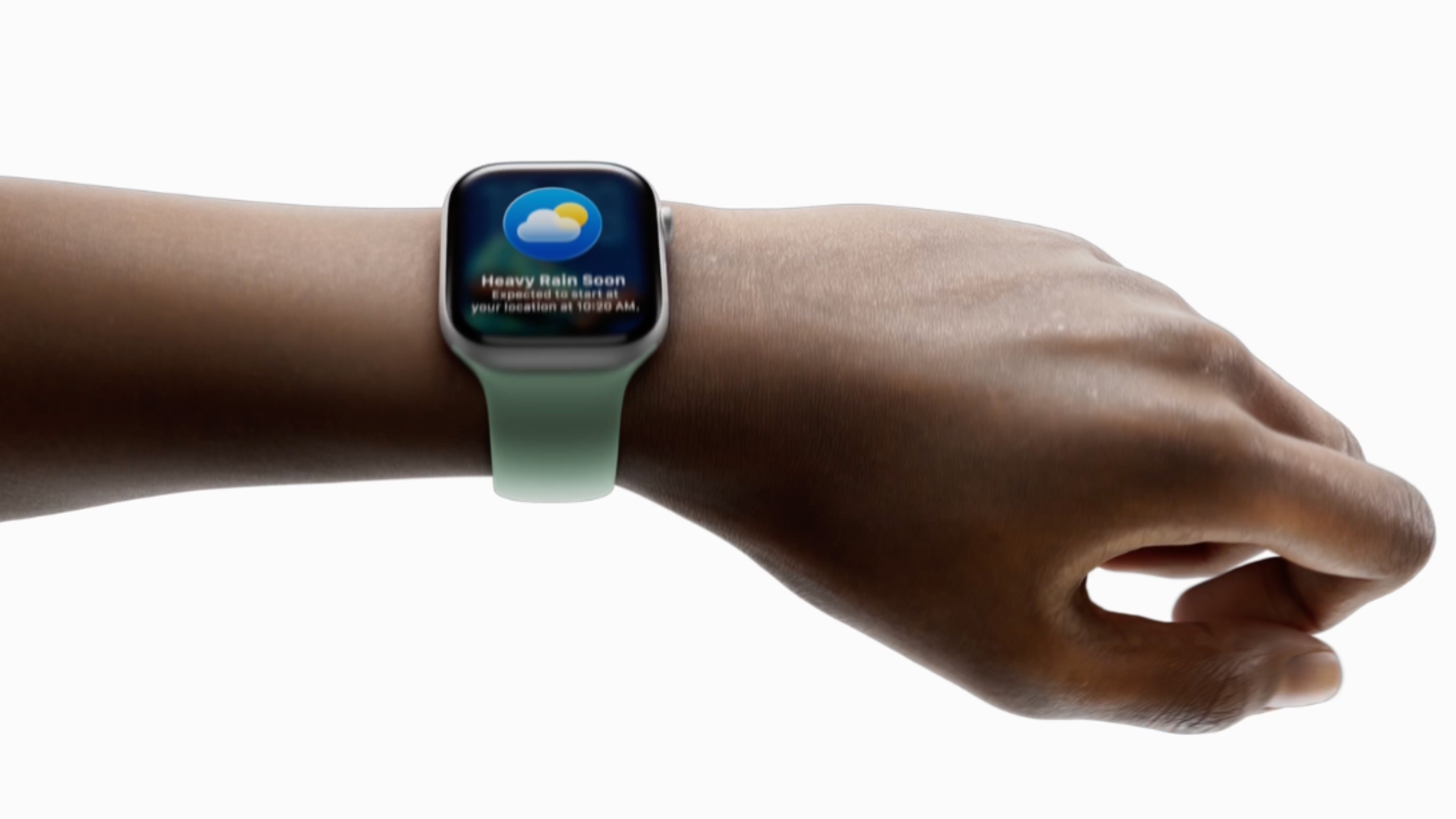
With watchOS 26, Apple is introducing a new way to dismiss Apple Watch notifications. Except, it’s not actually that new. Samsung offers a similar tool on the Galaxy Watch 7 called Shake to Dismiss. It’s technically more versatile than Apple’s upcoming “wrist flick” tool, since the Galaxy Watch 7 version can also be used to dismiss other things, like alarms.
In fact, the gestures available on the Samsung Galaxy Watch 7 can put its Apple Watch competitors to shame. In addition to Shake to Dismiss, you can also twist your wrist twice to decline an incoming phone call. While the wrist flick will probably come in handy for Apple Watch users, it’s nothing new for Wear OS users.
Apple Maps’ Visited Places is a Google Maps Timeline clone
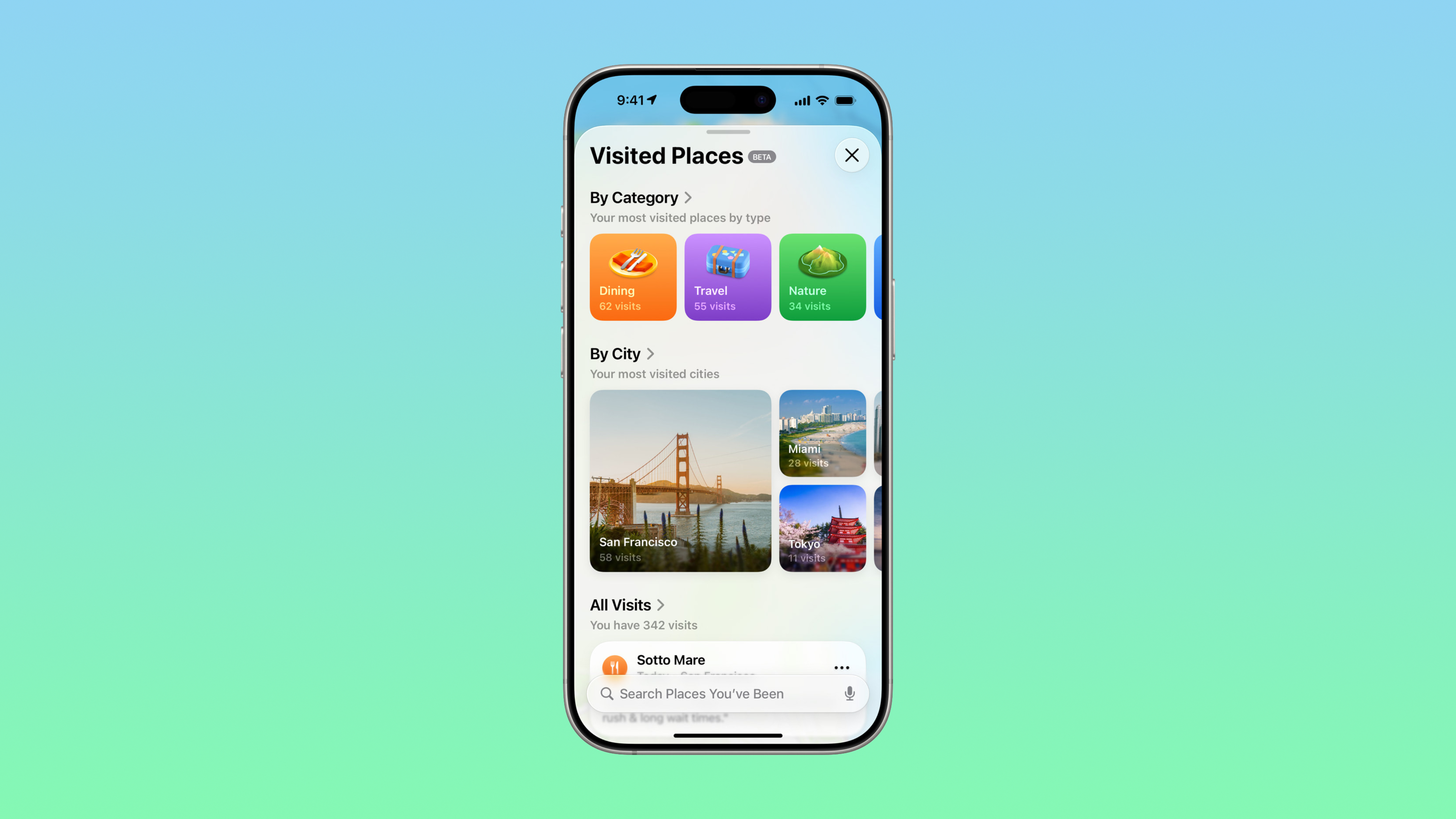
Another neat feature heading to iPhone users for the first time is Visited Places in Apple Maps. It’ll remember the places you’ve visited with end-to-end encryption, using Apple Intelligence to identify habits and daily routes. For instance, you can see how many times you’ve visited your favorite restaurant or city.
It sounds interesting enough if you’re an Apple Maps user, but Google Maps users have had this feature for years. It’s called Google Maps Timeline on the other side of the walled garden, and Google describes it as “a personal map that helps you remember routes and trips you’ve taken and places you’ve been based on your Location History.” On the Android side of things, it works with Android Auto, too.
Live Translation only changed a few letters from Live Translate
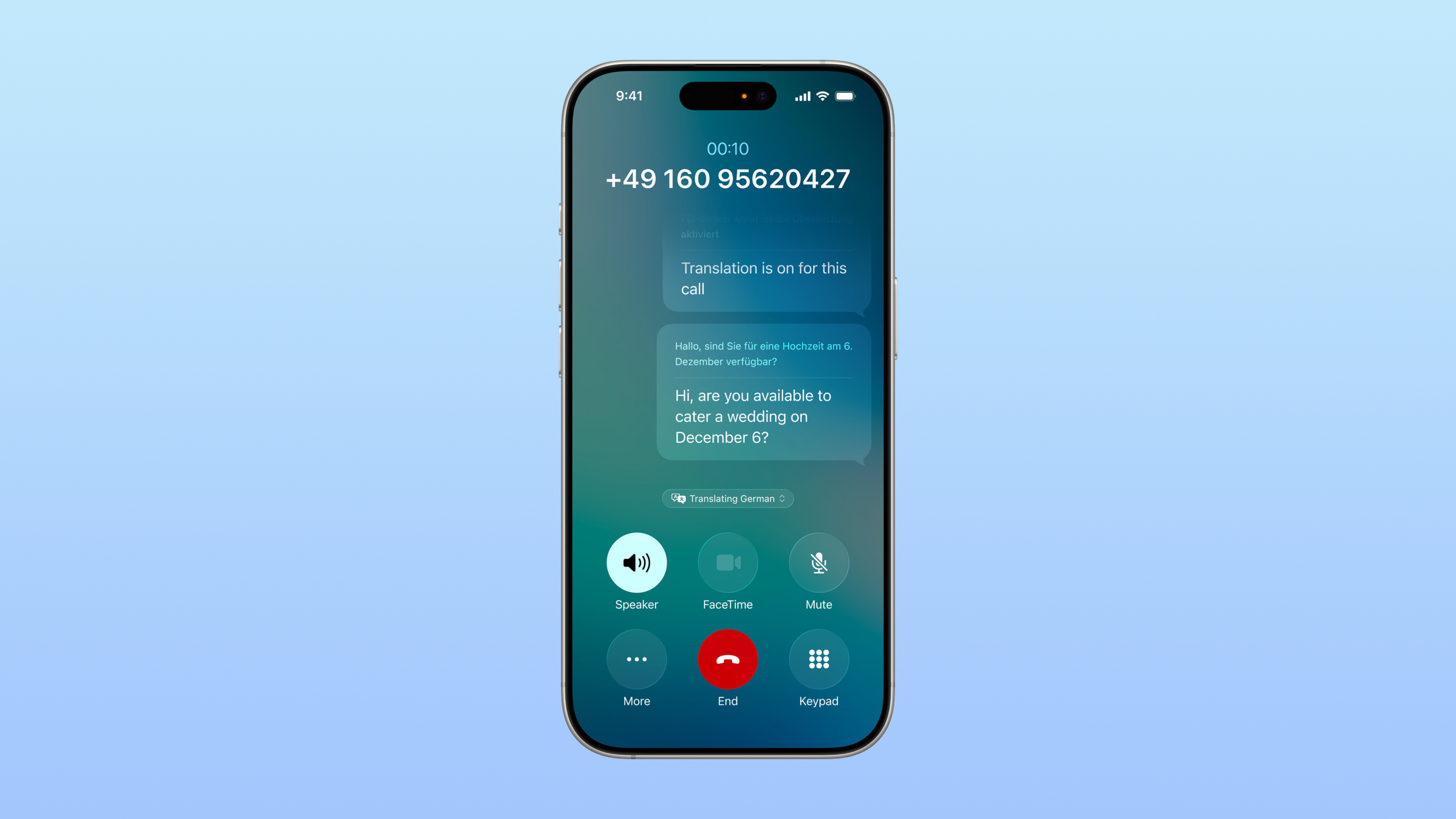
Finally, Apple is giving iOS 26 users the ability to translate calls, messages, songs, and more in real-time. It’s such a handy feature that Android users might be shocked to learn it wasn’t already available on iPhone before WWDC 2025. Google and Samsung both have their own Live Translate features, with Galaxy phones able to translate 13 languages in real-time with the Galaxy S24 and newer.
It comes just after iOS 18 added support for setting Google Translate as your default translation app, which is interesting timing.
Of course, there are a few things Google would be wise to steal from Apple. iPadOS 26 just keeps getting better, and at WWDC 2025 it gained macOS-like window management and productivity options. It’s unlikely that the best Android tablets will catch up to the iPad at this rate.
Still, it’s always worth looking at which features Apple is only now adding to iOS 26 and watchOS 26, but Android and Wear OS users have been using for years.
